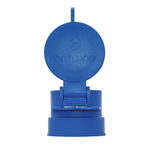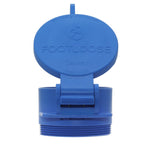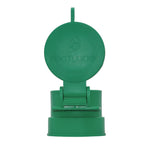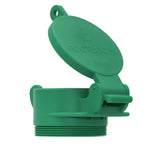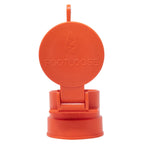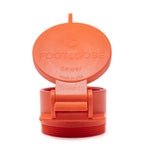You have no items in your shopping cart.
Manholes play a crucial role in underground infrastructure, providing access to utility lines, sewer systems, and drainage systems. If you're involved in a construction or maintenance project, understanding how manholes are measured is essential to ensure a perfect fit. Let’s take a closer look at the different measurements that are used when working with manholes.
Manhole Cover Size: Measuring the Clear Opening
The clear opening size refers to the dimension of the manhole that’s being covered, not the cover itself. To get the clear opening measurement, follow these steps:
- For round manholes, measure the diameter from the internal wall to the opposite internal wall.
- For rectangular manholes, measure both the width and the length of the inside opening.
It’s important to note that the manhole cover you choose must be larger than the opening itself to securely fit over the manhole. The cover needs to extend beyond the edges to ensure a proper seal, which helps in protecting the integrity of the manhole and preventing debris from entering the system. For more insights on manhole covers, visit this helpful guide on choosing the right manhole cover.
Manhole Depth: Why It Matters
The depth of the manhole is another critical factor to consider. Manholes come in various depths, and the size you select must be sufficient to reach the bottom of the hole. Measuring the manhole depth involves determining the vertical distance from the top of the manhole to the lowest point inside, ensuring that your chosen manhole structure aligns with the existing underground system.
The importance of this measurement can’t be understated, as an incorrectly sized manhole could lead to costly adjustments or replacements. For additional guidance on selecting the right manhole depth for your project, check out this detailed article on construction site planning.
Manhole Width: Ensuring a Proper Fit
The width of the manhole is another key dimension that ensures the manhole structure fits securely over the opening. When measuring the width, you’re essentially ensuring that the manhole will accommodate the opening and the surrounding infrastructure.
The width also plays a role in maintenance and accessibility. If the width is too narrow, it may be difficult for maintenance personnel to enter or maneuver equipment. To learn more about the importance of manhole width and accessibility standards, refer to this regulatory guide.
Invert Elevation: The Key to Sewer Connections
The invert is the lowest point within the manhole where the channel, or pipe, is located. The invert elevation is the measurement from the invert to a given benchmark, often the top of the street or ground level. This measurement is critical in sewer and drainage projects because it helps determine the flow of water and waste through the system.
To get the correct invert elevation, you’ll need to measure the vertical distance from the bottom of the pipe to the chosen benchmark. Incorrectly measuring the invert elevation can lead to improper water flow or backups, which could cause serious issues for the surrounding infrastructure. For more detailed information on calculating invert elevations, this engineering resource provides useful insights.
Enviro Design Products: A Trusted Source for Manholes
When it comes to purchasing manholes, you need a supplier that understands the importance of quality and precision. Enviro Design Products offers a comprehensive selection of manhole covers and related products designed to meet the needs of any project, whether for municipal, industrial, or residential applications. Their products are engineered to provide long-lasting performance, ensuring that your infrastructure remains safe and functional for years to come.
Understanding how manholes are measured—from the clear opening size to invert elevation—is critical for ensuring that your infrastructure project runs smoothly. By taking accurate measurements and selecting the right-sized manhole, you can avoid potential complications and ensure long-term durability and functionality. Make sure to follow best practices and consult with experts when necessary to ensure your project’s success.
For more comprehensive details about manhole construction and maintenance, take a look at the industry standards provided by the American Public Works Association.



